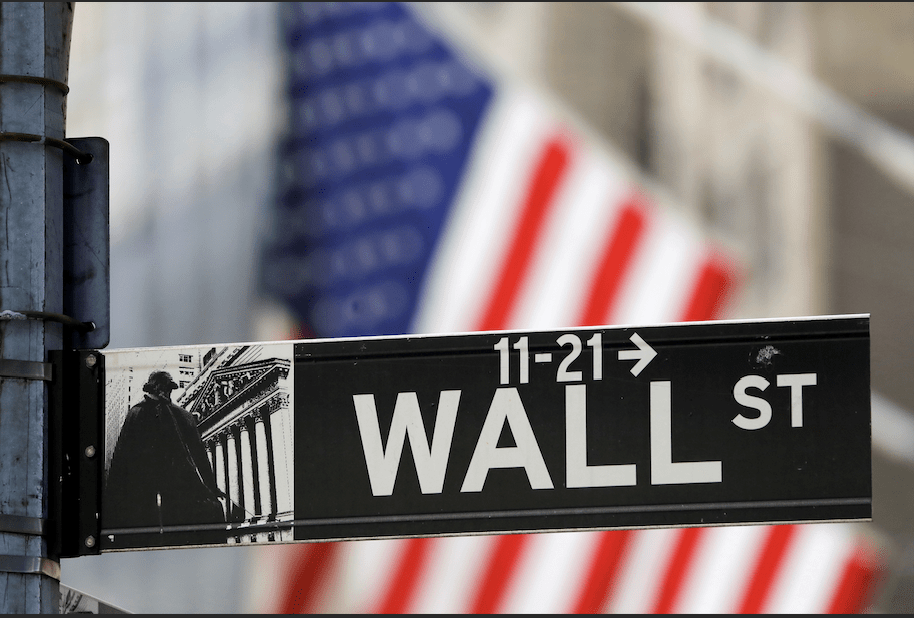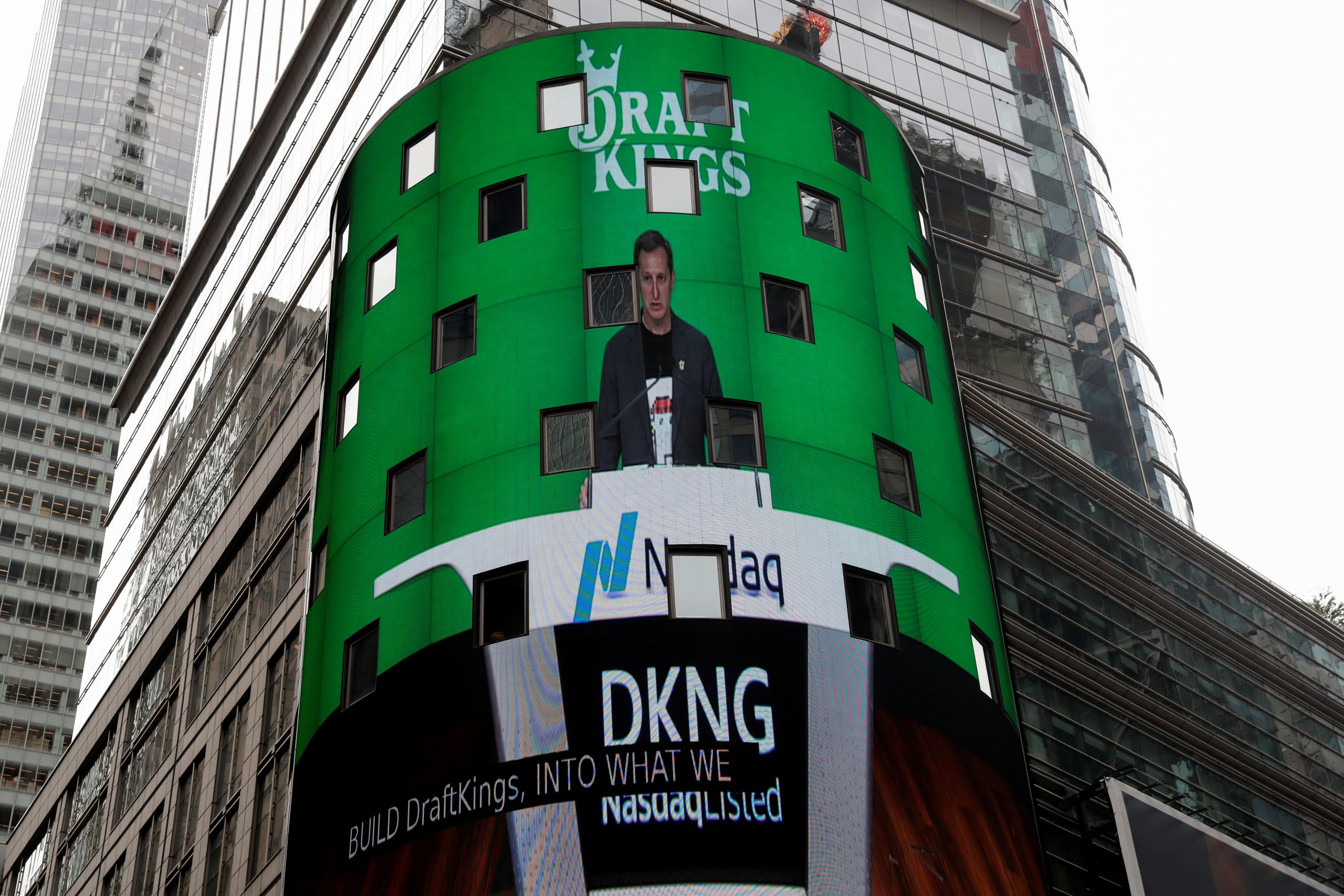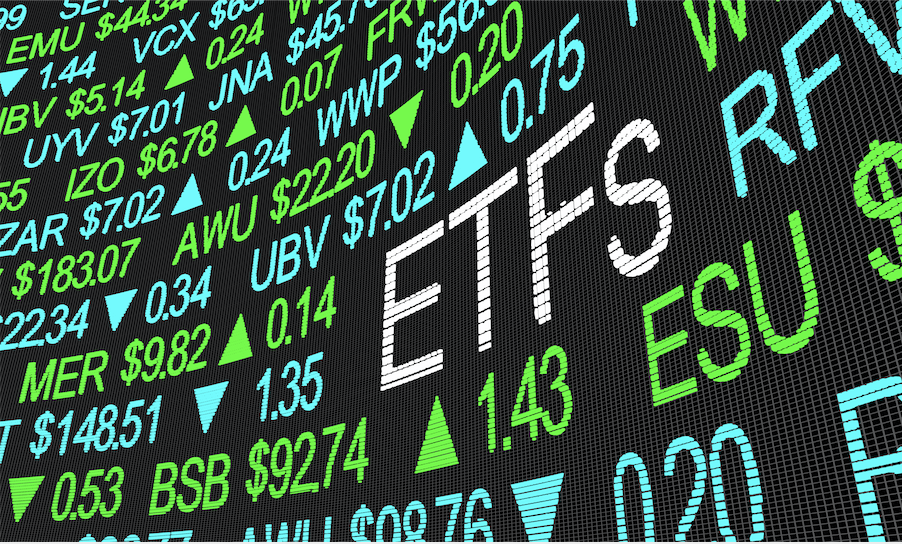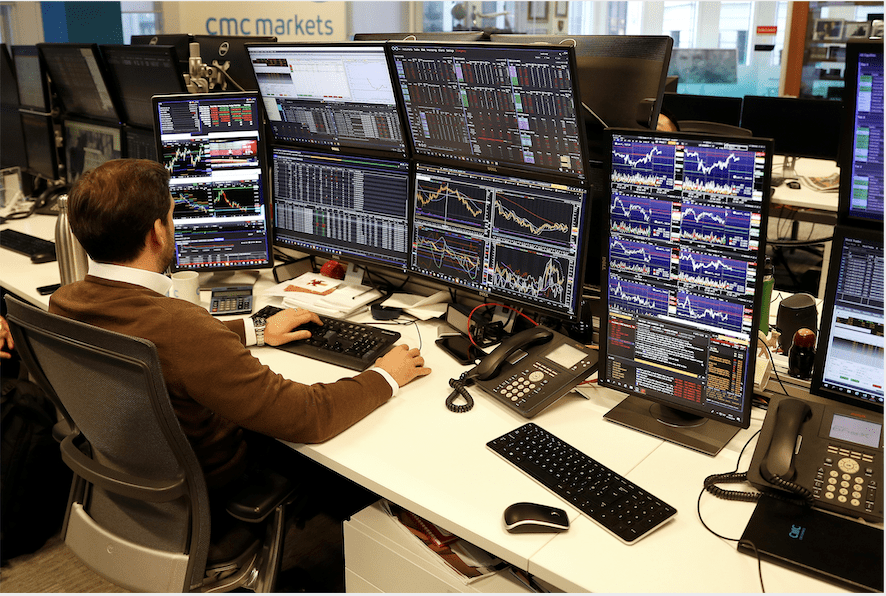The Predictive Power of Options
No one knows for sure what direction the market will take, but options prices can provide actionable clues
It’s been a rough year for long-term investors. By the end of the third quarter, the S&P 500 exchange-traded fund (SPY) was down nearly 24% for the year, on pace to become the first negative year since 2018’s 6.2% drop.
But some industries and sectors fared far worse than the index overall. Consider the table A sea of red, which shows the returns for the S&P 500 sector ETFs for 2020 and 2021, compared with the first three quarters of 2022.
Only the energy sector ETF (XLE) made it through the end of Q3 unscathed and thriving, up over 33% on the year. Some sectors performed worse than the overall index and thus contributed to the double-digit decline.
Consider technology (XLK), which comprises more than 25% of the index, as seen in S&P 500 breakdown.It fell more than 31% through the end of September. Communications services (XLC) make up only 8.1% of the total index but performed even worse in the first three quarters of 2022, declining nearly 38%.
The communications services sector has some of the largest companies in the overall index and includes enterprises many consider technology companies, such as Facebook’s parent company, Meta Platforms (META), and Alphabet (GOOG & GOOGL), the company that operates Google.
By the beginning of 2022, many observers of the market were calling for drops in the technology and tech-adjacent sectors because of their monumental rally after the pandemic dip. Likewise, the energy sector seemed due for a recovery in 2021 after its 32% slump in 2020, even though that rally extended into this year because of rising global oil and gas prices exacerbated by Russian President Vladimir Putin’s war in Ukraine.
Yet, predicting where the market will be in a year is always tough, and it’s especially difficult now when so many factors come into play. As inflation runs rampant, central banks the world over are waging a thankless crusade to raise interest rates and slow inflation.
While it will take some time to see the true impact, the market is pricing itself lower in anticipation of lackluster corporate earnings and slower economic growth. What’s more, geopolitical issues like China’s threats to dominate Taiwan continue to impede growth and keep markets jittery.
Economists and Wall Street investors will closely monitor key metrics of inflation, growth and employment that could shift enough to prompt the Federal Reserve and other central banks to slow or stop interest rate increases.
While no one can predict whether stocks will go up or down next year, investors can look to the options market for some indications of possible ranges and possible direction.
Think back to the basics: A range of one standard deviation covers 68% of possible occurrences. For the options market, that range is computed by using an exchange-traded fund’s 16 delta put (downside) and 16 delta call (upside) options.
Each option’s strike price indicates an approximate price the ETF has a 16% chance of going above or below, and as 100 – 16 – 16 = 68, that gives the market-calculated one standard deviation range.
For the S&P 500 ETF in mid-October, using January 2024 options provided a range of $270 to $475 with the ETF priced at $358. While that’s an exceptionally wide range, it’s compelling to note the market’s outlook appears skewed for a larger upside potential move (33%) than the possible continued downside movement (25%). That’s shown in Skyward skew.
That’s counter to typical options pricing for index products like the S&P 500 ETF, where the 16 delta put would indicate a downside price farther away than the 16 delta call.
However, the market has seen this before. Consider September 2008, when the market had fallen 25% from its peak, which was similar to this year. The 16 delta put was 25% to the downside, while the 16 delta call was 30% to the upside.
In the quick downturn of 2020, the market was far less convinced of upside potential, given the uncertainty surrounding the ever-evolving COVID-19 pandemic. The market was then pricing 31% upside and downside.
The upside skew for the S&P 500 sectors varies compared with the index. Consumer staples (XLP), one of the better-performing sectors of 2022, is down only 12% and has an outlook for next year of 26% upside and downside.
The harder-hit sectors of 2022, like technology and consumer discretionary (XLY), are pricing over 45% upside with less than 30% downside.
The energy sector stands out with its priced-in 57% upside potential, according to the 16 delta call, which is likely driven by the many unknowns around the near-term future of global oil and gas prices.
While predicting direction may be a fool’s errand, the market conveys its best guess of potential movement. Whether it’s 2023, or 2024, bear markets don’t last forever, and the bulls will eventually have their heyday again.
James Blakeway, Luckbox technical editor, serves as CEO of Quiet Foundation, a data science-driven subsidiary of tastytrade that provides fee-free investment analysis and trade ideas for self-directed investors.
@jamesblakeway




















